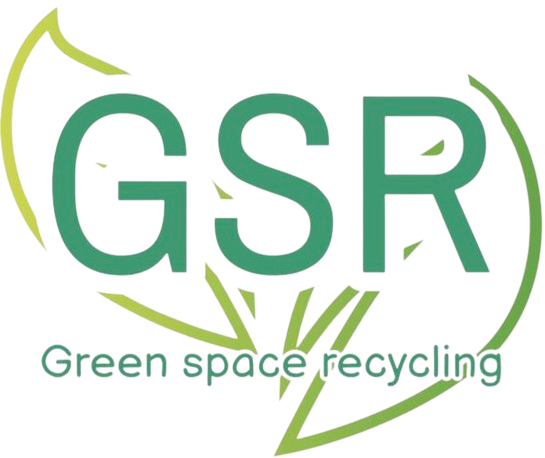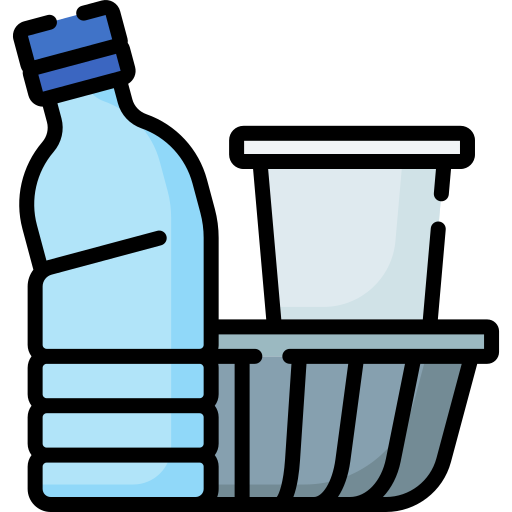our skills
Lorem ipsum dolor sit amet, consectetur adipiscing elit

Best Financial Advice
Lorem ipsum dolor sit amet, consectetur adipiscing elit, sed do

Authorised Finance Brand
Lorem ipsum dolor sit amet, consectetur adipiscing elit, sed do

Leadership Work
Lorem ipsum dolor sit amet, consectetur adipiscing elit, sed do

Compehensive Advices
Lorem ipsum dolor sit amet, consectetur adipiscing elit, sed do

Monitoring & Review
Lorem ipsum dolor sit amet, consectetur adipiscing elit, sed do

Finance Advices
Lorem ipsum dolor sit amet, consectetur adipiscing elit, sed do

Business Growth
Lorem ipsum dolor sit amet, consectetur adipiscing elit, sed do

Success fullfill
Lorem ipsum dolor sit amet, consectetur adipiscing elit, sed do



































